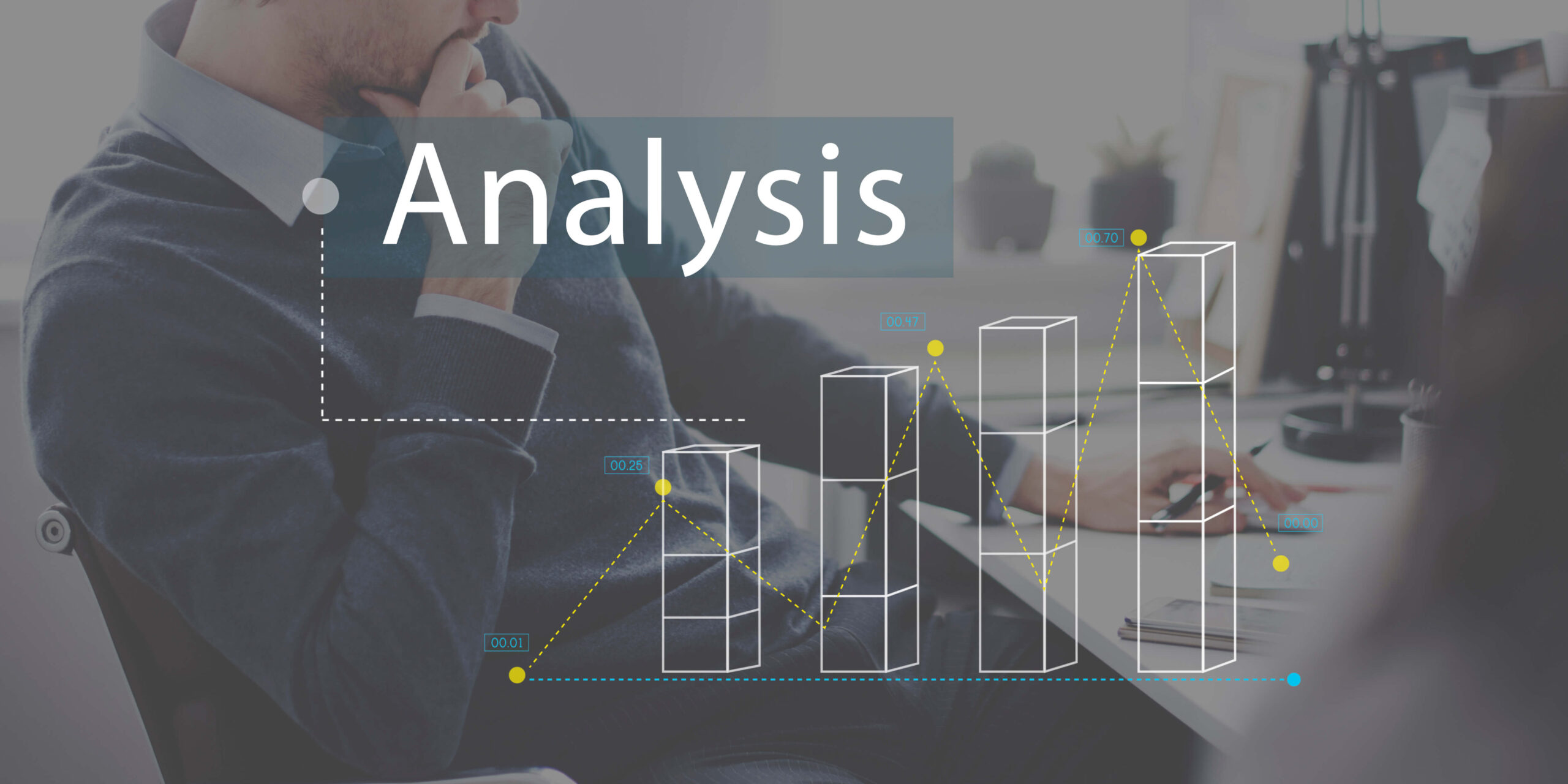
We’re living in an exciting era where technology is shaping every aspect of our lives. At the heart of this digital revolution is Predictive Analytics. But what makes it so essential? Imagine knowing what your customers want before they do or spotting a market trend before it becomes mainstream. That’s the power of Predictive Analytics. It gives businesses and individuals a sneak peek into the future, empowering them to make decisions that are both reactive and proactive.
Table of Contents
What is Predictive Analytics?
Simply put, Predictive Analytics harnesses the power of data to provide forecasts of future scenarios. By integrating diverse sets of data, both historical and current, Predictive Analytics goes beyond simple analysis. It paints a vivid picture of potential outcomes, helping to make optimised decisions.
Understanding Predictive Analytics
To fully understand the power and potential of Predictive Analytics, we need to delve deeper into its foundational concepts and mechanisms.
Predictive Analytics is a branch of advanced analytics that utilises various techniques from data mining, statistics, modelling, AI, and machine learning to predict future events. By processing historical and current data, Predictive Analytics identifies patterns and trends, predicting what might happen in the future with an acceptable level of reliability.
The Mechanics of Predictive Analytics
A predictive model is essentially the heart of Predictive Analytics. This model uses data to deduce a mathematical equation that explains the behaviour of the targeted attribute or variable. Once the model is constructed, you can input new data to predict the behaviour of the attribute in new circumstances.
For example, let’s say a business wants to predict customer churn. The predictive model will analyse data like customer’s purchase history, their interactions with customer service, usage of the product or service, etc, to determine a mathematical equation that describes the behaviour of customer churn. Then, this equation can be applied to new customers to predict whether they’re likely to churn or not.
Types of Predictive Models
Predictive models vary based on the nature of the prediction and the type of data used. Here are some of the most commonly used predictive models:
Classification Models: This predictive modelling type is one of the most basic and commonly used models. It categorises data for simple and direct query responses. For instance, determining whether an email is spam or not.
Clustering model: This model groups data based on shared characteristics. It works by grouping items or people with similar features or habits and planning solutions on a bigger scale for each group. One example is calculating a loan applicant’s credit risk based on what other people in the same or similar scenario did in the past.
Forecast model: This is a popular approach that works with anything that has a numerical value and is based on learning from historical data. For example, the system analyses past data to determine how much lettuce a restaurant should order next week or how many calls a customer service worker should be able to manage every day or week.
Time Series Models: These models forecast future values based on previously observed values. They are frequently used in weather forecasting, financial market analysis, and sales forecasting.
Machine Learning Models: These include a variety of techniques that allow computers to learn from data, such as neural networks, random forest, and gradient boosting.
Importance of Data in Predictive Analytics
Data is the lifeblood of Predictive Analytics. The quality and quantity of the data used will directly influence the accuracy of predictions. The data used in Predictive Analytics is typically a mix of historical data, which is used to train the model, and new data, which is used to make predictions. Clean and well-organised data not only improves the accuracy of the model but also makes it easier to identify trends and patterns.
The Role of Predictive Analytics in Today’s Data-Driven World
Nowadays, the sheer volume of data being generated is overwhelming. This transition into a data-dense landscape, often called the era of Big Data, brings unique challenges and opportunities. The real value lies not just in collecting this extensive data but in the ability to interpret it effectively and transform it into actionable insights. This is where Predictive Analytics plays a critical role.
Predictive Analytics serves as a compass in the ocean of data. By examining patterns in historical and current data, it provides foresight into future trends and events. Moreover, with the advancement of AI and Machine Learning, Predictive Analytics has become even more potent. These technologies enable the processing of vast and complex datasets, therefore amplifying the accuracy of predictions and refining decision-making processes across industries. From optimising marketing strategies to anticipating market shifts, Predictive Analytics stands as the pillar in today’s data-driven world. It is turning raw data into a powerful tool for strategic planning and competitive advantage.
Key Components of Predictive Analytics
Predictive Analytics isn’t a single entity. It’s a combined and complex structure with multiple phases:
Step 1 – Data Collection: This is the starting point. It involves sourcing data from various channels, ensuring a comprehensive base to work from.
Step 2 – Data Cleaning: Essential for quality and precision, this step removes anomalies and inconsistencies from the data.
Step 3 – Data Analysis: This stage uses AI and machine learning to discover the patterns and trends hidden within the data.
Step 4 – Predictive Modelling: Here, models are prepared, offering potential scenarios based on the analysis.
Step 5 – Implementation of Predictions: In this stage, actionable steps are taken by translating insights. This helps businesses to strategise based on data-backed forecasts.
Step 6 – Ongoing Data Monitoring: Continuous monitoring and tweaking predictive models is crucial to ensure sustained accuracy.
Impact of Predictive Analytics on Various Industries
Across different sectors, Predictive Analytics has demonstrated transformative capabilities. Let’s look at a few of such industries which benefit from Predictive Analytics:
Business and Retail
Predictive Analytics aids retailers in decoding customer behaviour, refining marketing strategies, and streamlining inventory management. By understanding purchase histories and trends, businesses gain the foresight to anticipate buying cycles, leading to more targeted outreach.
Healthcare
From predicting disease outbreaks to optimising patient care pathways, Predictive Analytics introduces a degree of precision that was never seen before.
Finance and Investment
Financial institutions have begun leaning heavily on Predictive Analytics for credit assessments, fraud detection, and investment decision-making. Whether analysing a customer’s repayment capability or forecasting market movements, the insights offered by Predictive Analytics is invaluable.
Supply Chain and Logistics
Predictive Analytics has made demand forecasts, route optimisation, and inventory assessments more accurate and dynamic. It introduces a sharpness into operations, allowing businesses to anticipate challenges and streamline processes.
Challenges and Solutions in Implementing Predictive Analytics
Implementing Predictive Analytics into business processes is a transformative step. However, several challenges can create roadblocks to its successful integration. Let’s learn about these challenges and their potential solution.
Data Silos: One of the significant challenges companies face is dealing with data silos. Fragmented and isolated data inventory within an organisation can lead to some problems. Consequently, crucial insights may be missed, leading to inaccurate predictions.
Solution: To overcome data silos, organisations can implement integrated data management systems. These systems unify different data sources, allowing for a comprehensive analysis and, therefore, more precise predictions.
Quality Concerns: The predictions derived from Predictive Analytics are only as good as the data fed into it. Poor quality or inaccurate data can alter predictions, leading to misguided strategies and decisions.
Solution: Businesses can employ strong data cleaning tools and maintain rigorous data quality standards to ensure the data’s accuracy. This includes validating, cleaning, and transforming data before feeding it into predictive models.
Lack of Skilled Professionals: Predictive analytics requires statistical methods, machine learning, and data mining expertise. A shortage of these skills within the organisation can hamper the effective implementation of predictive analytics.
Solution: Investing in training programs to upskill existing employees or hiring skilled professionals in the field of data science can address this challenge. Furthermore, organisations can also leverage advanced analytics platforms that require minimal coding skills. This will make it easier for less technical staff to work with predictive analytics.
Data Privacy Issues: As predictive analytics relies heavily on data, ensuring data privacy and compliance with regulations can be a concern.
Solution: Strict data governance policies must be established to safeguard data privacy. Furthermore, compliance with local and global data protection regulations should be strictly maintained, ensuring ethical and legal use of data.
Case Studies of Successful Predictive Analytics Implementation
Real-world examples often provide the most compelling evidence of the transformative power of Predictive Analytics. Let’s explore how some major organisations have successfully implemented this technology.
Amazon: A Leader in Retail Analytics
Amazon has become synonymous with predictive analytics in the retail sector. They leverage predictive analytics to optimise inventory management, reducing holding costs significantly. By predicting the products customers are likely to purchase, they can ensure these items are sufficiently stocked, reducing out-of-stock scenarios. As a result, Amazon has reduced its holding costs by 20%, leading to improved profit margins. Simultaneously, better product availability has improved customer satisfaction.
Kaiser Permanente: Pioneering Predictive Analytics in Healthcare
Kaiser Permanente, a global healthcare provider, is another organisation that has effectively harnessed the power of predictive analytics. They use disease prediction models to forecast which patients are at risk of developing chronic conditions like diabetes or heart disease. These insights have allowed Kaiser Permanente to get involved proactively with targeted healthcare programs. As a result, they have achieved a 30% improvement in patient interventions. This proactive approach allows for healthier outcomes for patients and lower treatment costs for the healthcare provider.
Future Trends in Predictive Analytics
If we look at the future of Predictive Analytics, it’s clear that exciting developments await. One trend that’s already gaining momentum is the integration of real-time data streams. While we’ve been using data for predictions, most of it has been historical data. But imagine the possibilities when we start tapping into live data feeds. This will enable dynamic predictions, capable of adjusting as new data comes in. We could instantly anticipate changes in customer behaviour or spot market shifts. The result will be smarter decisions, faster responses and enhanced agility for businesses.
Another compelling trend is the deeper fusion of artificial intelligence (AI) with Predictive Analytics. This integration will develop self-evolving models that learn from new data and refine their predictions over time. With AI’s adaptive capabilities, we’re not just improving prediction accuracy but moving closer to systems that can mimic human-like learning and understanding. As we venture forward, the future of Predictive Analytics indeed looks vibrant and full of potential.
Final Thoughts
Predictive Analytics is changing how we make decisions. By using past and present data, it helps us guess what might happen in the future, making businesses smarter and more prepared. Yes, there are challenges, but the benefits are too big to ignore. As we move forward, we’ll start using live data and better AI, making our predictions even sharper. Overall, Predictive Analytics is transforming our future, and those who make decisions using it will be more likely to succeed.
- All Courses
- IT & Software376
- Management274
- Teaching and Education247
- Business234
- Health and Fitness212
- Health & Safety158
- Engineering & Technology150
- Quality Licence Scheme137
- Health and Social Care134
- Healthcare129
- Accounting & Finance125
- Employability105
- Psychology99
- Lifestyle92
- Marketing75
- Office Productivity65
- Animal Care56
- Design and Photography53
- Design44
- Beauty & Makeup42
- Accounting & Bookkeeping34
- Web Development27
- Writing20
- Construction15
- Digital Marketing13
- Child Care10
- Environment9
- Agriculture5
- Coaching1
Awarded By





0 responses on "Predictive Analytics: The Future of Decision Making"